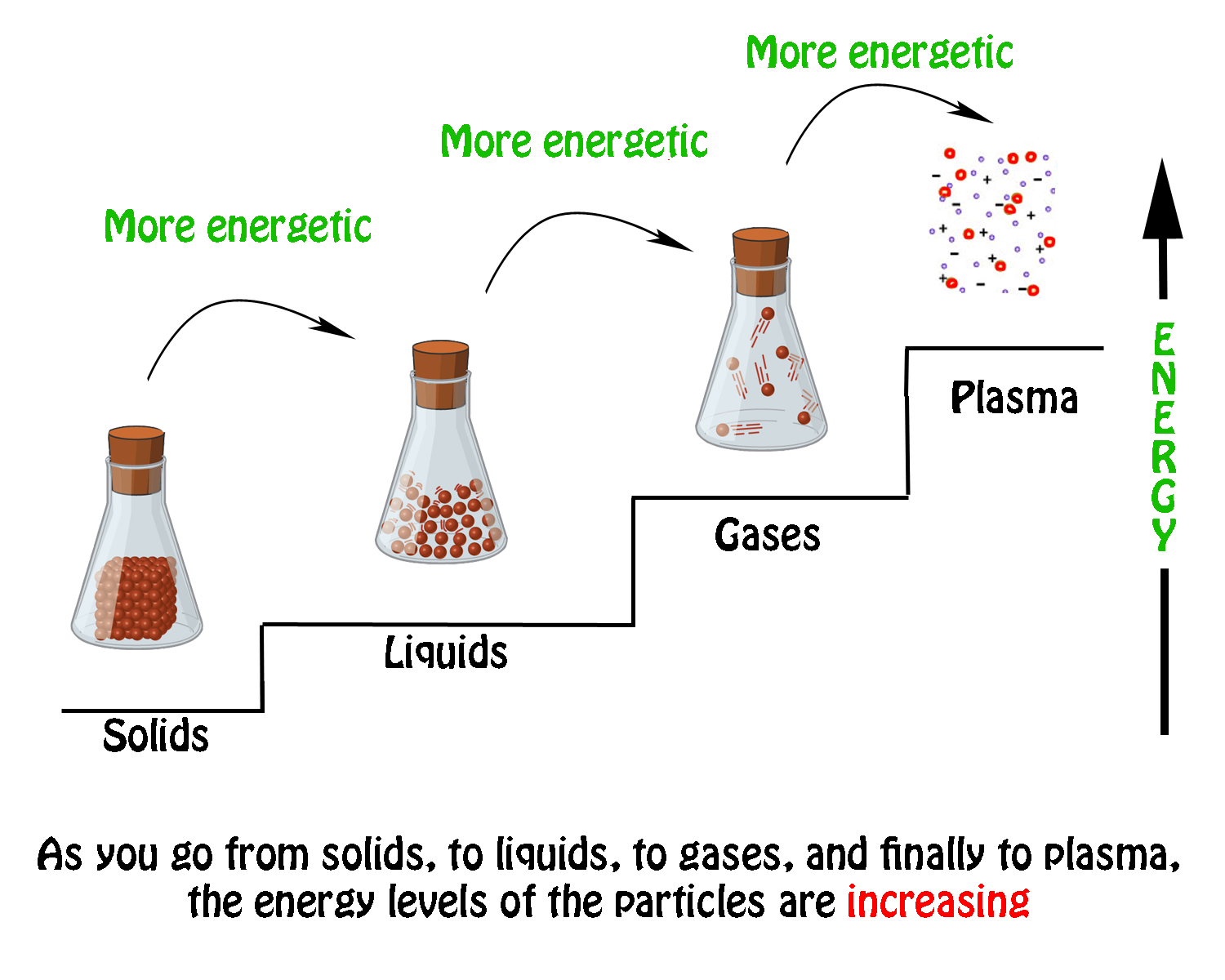

Phases do not need to macroscopically separate spontaneously. a mixture of ethylene glycol and toluene may separate into two distinct organic phases. Not all organic solvents are completely miscible, e.g. Mutually immiscible liquid phases are formed from water (aqueous phase), hydrophobic organic solvents, perfluorocarbons ( fluorous phase), silicones, several different metals, and also from molten phosphorus. Metal pairs that are mutually soluble can form alloys, whereas metal pairs that are mutually insoluble cannot.Īs many as eight immiscible liquid phases have been observed.

A mixture can separate into more than two liquid phases and the concept of phase separation extends to solids, i.e., solids can form solid solutions or crystallize into distinct crystal phases. Solubility is the maximum amount of a solute that can dissolve in a solvent before the solute ceases to dissolve and remains in a separate phase. Water has a very low solubility (is insoluble) in oil, and oil has a low solubility in water. A mixture of water (a polar liquid) and oil (a non-polar liquid) will spontaneously separate into two phases. Phases may also be differentiated based on solubility as in polar (hydrophilic) or non-polar (hydrophobic). As shown in the diagram for iron alloys, several phases exist for both the solid and liquid states. Useful mesophases between solid and liquid form other states of matter.ĭistinct phases may also exist within a given state of matter. Types of phases Iron-carbon phase diagram, showing the conditions necessary to form different phasesĭistinct phases may be described as different states of matter such as gas, liquid, solid, plasma or Bose–Einstein condensate. (Phase boundaries relate to changes in the organization of matter, including for example a subtle change within the solid state from one crystal structure to another, as well as state-changes such as between solid and liquid.) These two usages are not commensurate with the formal definition given above and the intended meaning must be determined in part from the context in which the term is used.Ī small piece of rapidly melting argon ice shows the transition from solid to liquid. It is also sometimes used to refer to the equilibrium states shown on a phase diagram, described in terms of state variables such as pressure and temperature and demarcated by phase boundaries. The term phase is sometimes used as a synonym for state of matter, but there can be several immiscible phases of the same state of matter (as where oil and water separate into distinct phases, both in the liquid state). : 86 : 3 Examples of physical properties include density, index of refraction, magnetization and chemical composition. More precisely, a phase is a region of space (a thermodynamic system), throughout which all physical properties of a material are essentially uniform. The glass of the jar is another separate phase. In a system consisting of ice and water in a glass jar, the ice cubes are one phase, the water is a second phase, and the humid air is a third phase over the ice and water. In the physical sciences, a phase is a region of material that is chemically uniform, physically distinct, and (often) mechanically separable.


 0 kommentar(er)
0 kommentar(er)
